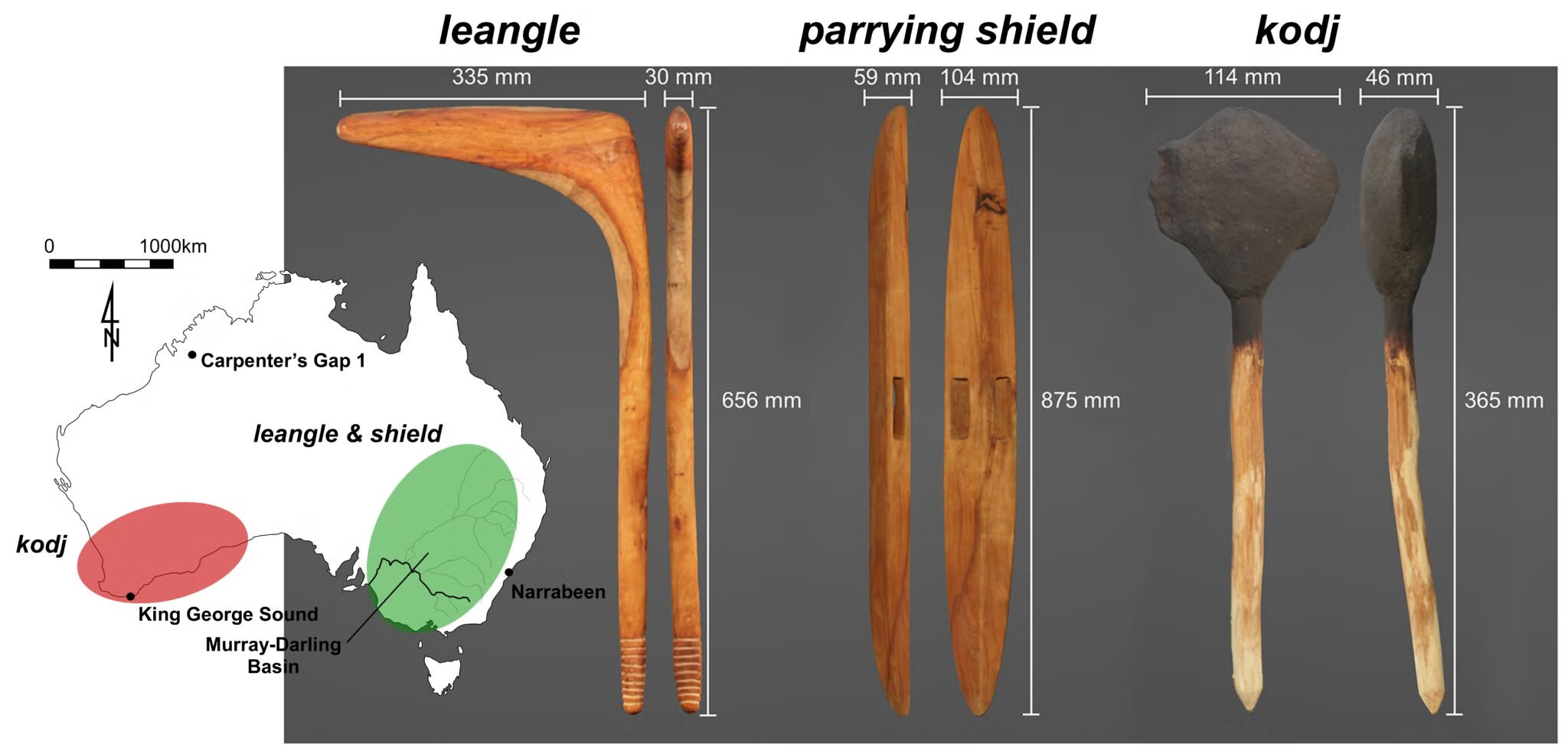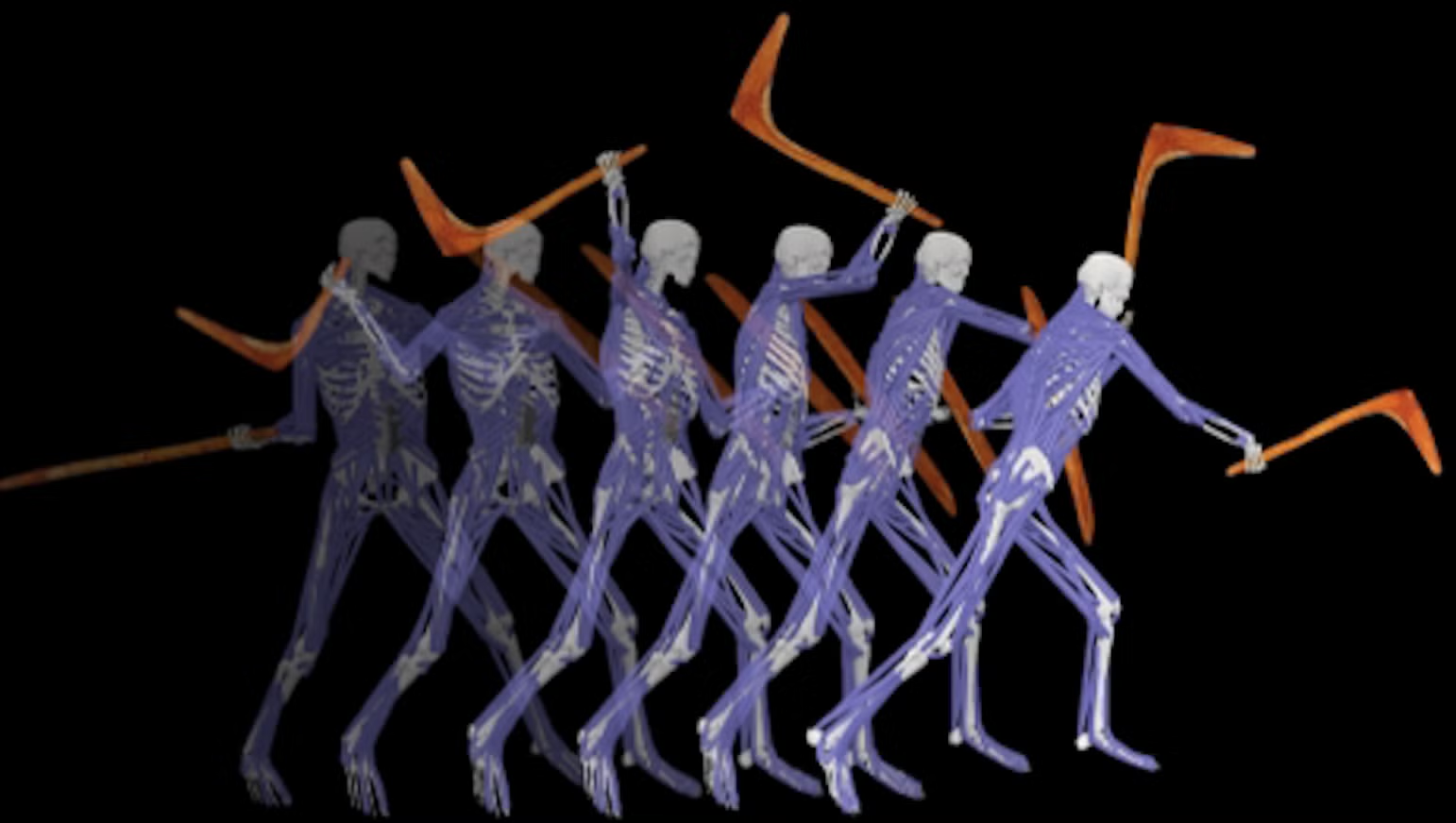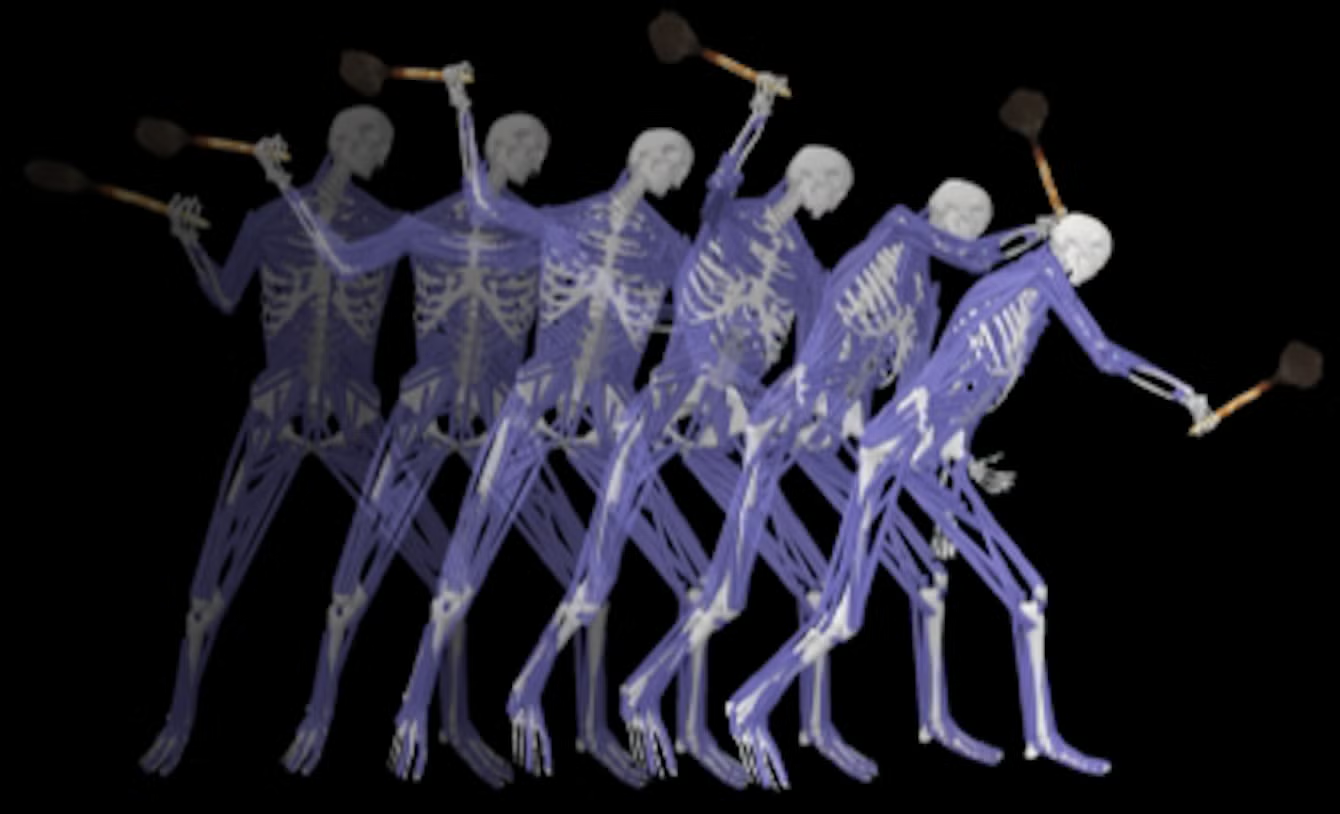Your support helps us to tell the story
Support NowThis election is still a dead heat, according to most polls. In a fight with such wafer-thin margins, we need reporters on the ground talking to the people Trump and Harris are courting. Your support allows us to keep sending journalists to the story.
The Independent is trusted by 27 million Americans from across the entire political spectrum every month. Unlike many other quality news outlets, we choose not to lock you out of our reporting and analysis with paywalls. But quality journalism must still be paid for.
Help us keep bring these critical stories to light. Your support makes all the difference.
A first-of-its-kind study has finally revealed how Indigenous Australians delivered deadly strikes with their two iconic weapons.
The research, published in the journal Scientific Reports last week, shows how Aboriginal Australians deployed the kodj and the leangle.
Kodj is an indigenous invention that is part hammer, part axe and part poking weapon, and its design is likely thousands of years old. The leangle is a fighting club with a hooked striking head that is used along with a parrying shield, both typically carved from hardwood.
Researchers at Griffith University in Australia used modern biomechanics technology to determine where the striking power of these weapons comes from, and what makes their ancient designs so deadly.
For the study, Larry Blight, an Indigenous Menang Noongar man from Western Australia, made a kodj using wattle wood for the handle and a sharpened stone for the blade.
The leangle and parrying shield were made from hardwood by Brendan Kennedy and Trevor Kirby from Wadi Wadi Country.

The researchers used wearable instruments to track human and weapon movement, including shoulder, elbow and wrist motions, as well as the power generated during kodj and leangle strikes.
They then studied the kind of coordinated movement and energy expenditure needed by humans to use these weapons effectively.

“We present the world’s first evaluation of striking biomechanics and human and weapon efficiency regarding this class of implement,” they said in the study.
The leangle was found to be far more effective at delivering devastating blows than the kodj, which the researchers said was an easier-to-manoeuvre multi-functional tool but still capable of delivering severe blows.
“There were no previous studies describing human and weapon efficiency when striking with a handheld weapon, so we were starting from scratch,” study co-author Laura Diamond said.
“Although the design is critical for weapon efficiency, it is the human who must deliver the deadly strike.”
The findings also shed more light on archaeological evidence of ancient interpersonal violence documented over the years in Australia.

Such evidence mainly comprises fossil human skulls with depressions or “parrying fractures” to arm bones above the wrist.
These injuries are akin to what one might get while defending against weapons similar to the ones used in this experiment, scientists said.
They said they hope the methods employed in the study can be used to analyse the striking physics of other archaic weapons from other parts of the world.
Disclaimer: The copyright of this article belongs to the original author. Reposting this article is solely for the purpose of information dissemination and does not constitute any investment advice. If there is any infringement, please contact us immediately. We will make corrections or deletions as necessary. Thank you.



